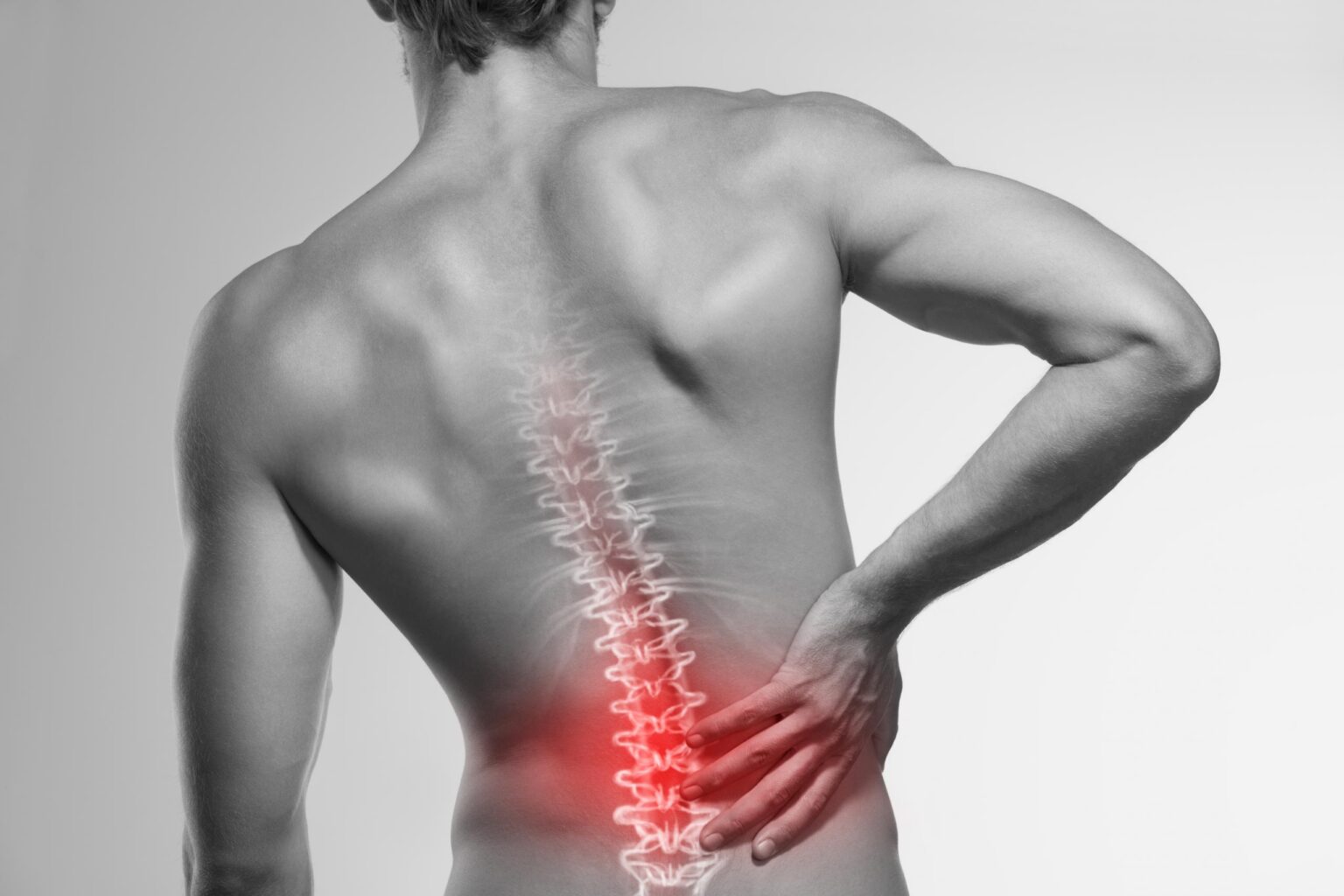Chronic back pain can significantly affect daily life, making even simple activities challenging. When conservative treatments fail to provide relief, surgical options may be evaluated. One such option is disc replacement surgery, a procedure designed to alleviate pain and restore mobility in individuals with specific spinal conditions. Here is more information on this surgery, including what the procedure involves and how it can help manage chronic spinal conditions:
What Is Disc Replacement Surgery?
Disc replacement surgery is a surgical procedure in which a damaged or degenerated spinal disc is removed and replaced with an artificial disc. The artificial disc is designed to function like a natural disc, allowing for movement and flexibility in the spine. This procedure is an alternative to spinal fusion, which involves permanently connecting two or more vertebrae to stop motion in the painful segment of the spine.
The primary objective of disc replacement is to relieve pain caused by the affected disc while preserving spinal motion. The artificial discs may be made of metal, medical-grade plastic, or a combination of these materials. By maintaining movement, the surgery aims to reduce stress on adjacent spinal segments.
What Does the Procedure Entail?
The surgery is performed under general anesthesia. A surgeon makes an incision to access and remove the damaged disc. The surgeon then prepares the vertebral bodies above and below the empty disc space for the artificial implant. The artificial disc is precisely fitted into the space, and its placement is confirmed with imaging tests like X-rays before the incision is closed.
What Are Chronic Spinal Conditions?
Chronic spinal conditions are long-term issues that affect the structure and function of the spine, often causing persistent pain and discomfort. These conditions can result from aging, injury, or degenerative diseases. They may impact mobility and overall quality of life.
One common condition is degenerative disc disease (DDD). This is not actually a disease, but a condition where the spinal discs wear down over time. This can lead to pain, stiffness, and reduced motion. Another condition is a herniated disc, where the soft inner material of a disc pushes through a tear in its tough exterior, often pressing on nearby nerves and causing pain, numbness, or weakness.
How Can Surgery Provide Relief?
Disc replacement surgery may provide relief by addressing the direct source of the pain: the damaged disc. By removing the degenerated or herniated disc and replacing it with a functional artificial one, the pressure on spinal nerves is often relieved. This can lead to a reduction in back pain and related symptoms, such as radiating leg pain (sciatica).
The preservation of spinal motion is another way the surgery provides relief. By allowing the vertebrae to move as they would with a healthy disc, the artificial implant helps maintain flexibility. This may enable patients to return to their daily activities with greater ease and less discomfort. The restored function and reduced pain also contribute to an improved quality of life.
Alleviate Your Spinal Condition Now
Living with chronic spinal pain can be debilitating, but surgical options like disc replacement offer a path toward relief. This procedure replaces a damaged spinal disc with an artificial implant, aiming to reduce pain while preserving motion. It is a viable option for certain chronic spinal conditions, such as degenerative disc disease. If you are experiencing persistent back pain, discussing your options with a qualified medical professional is the next step.
